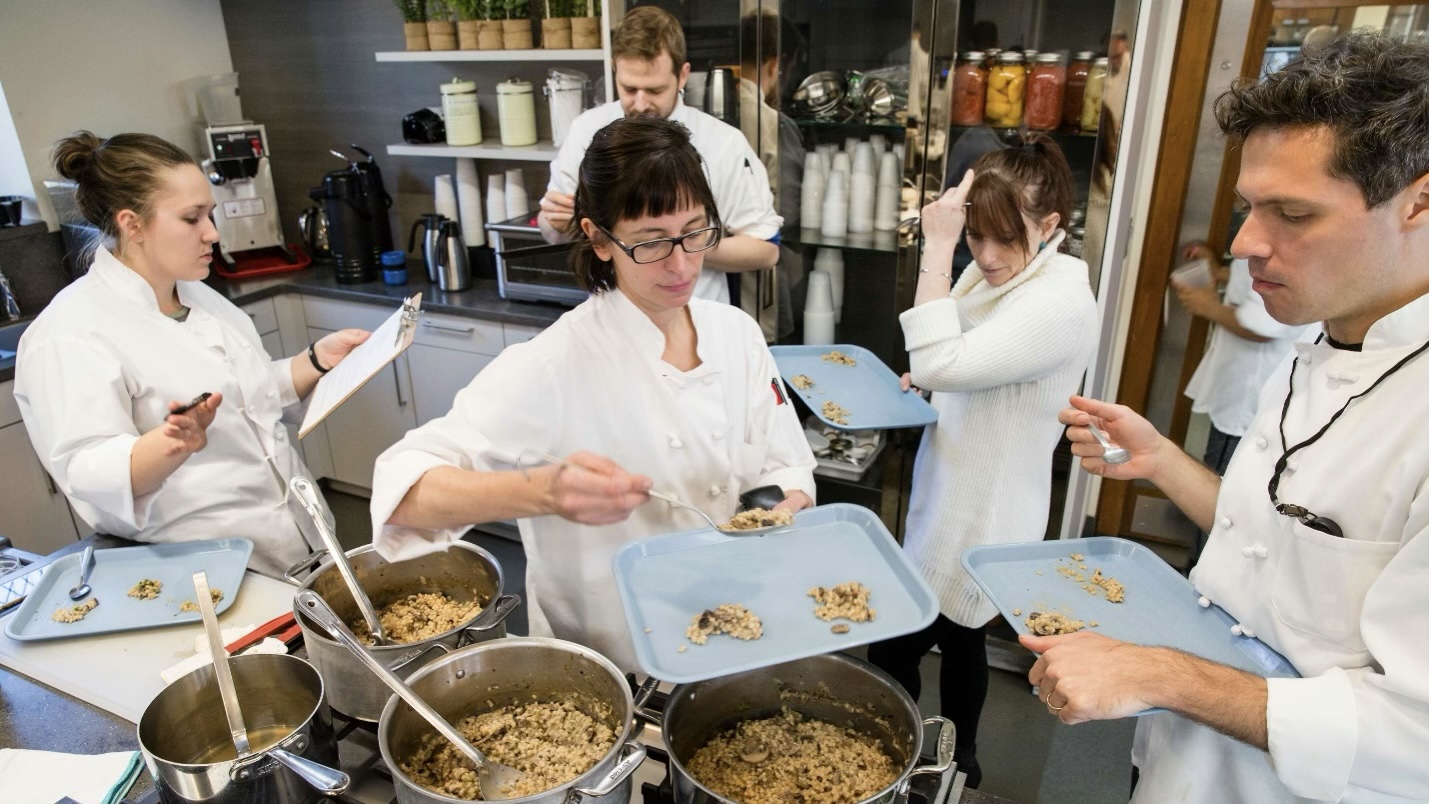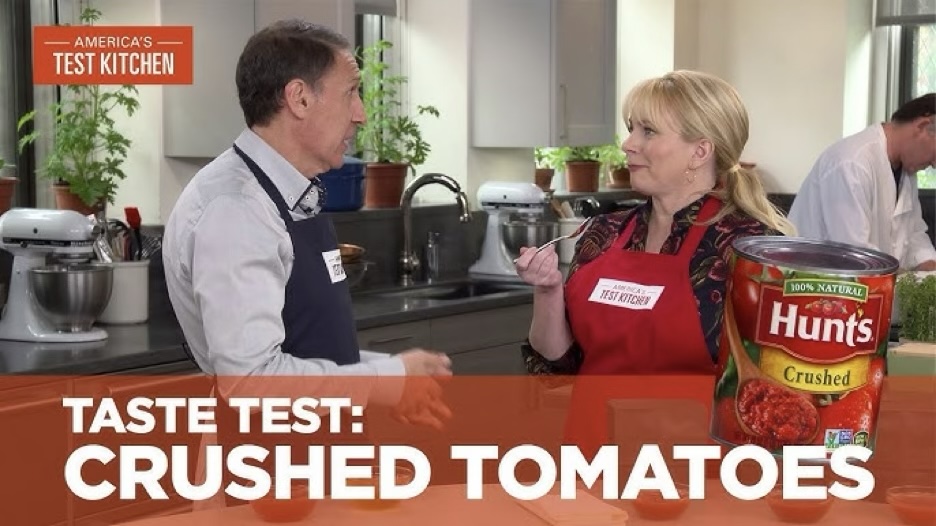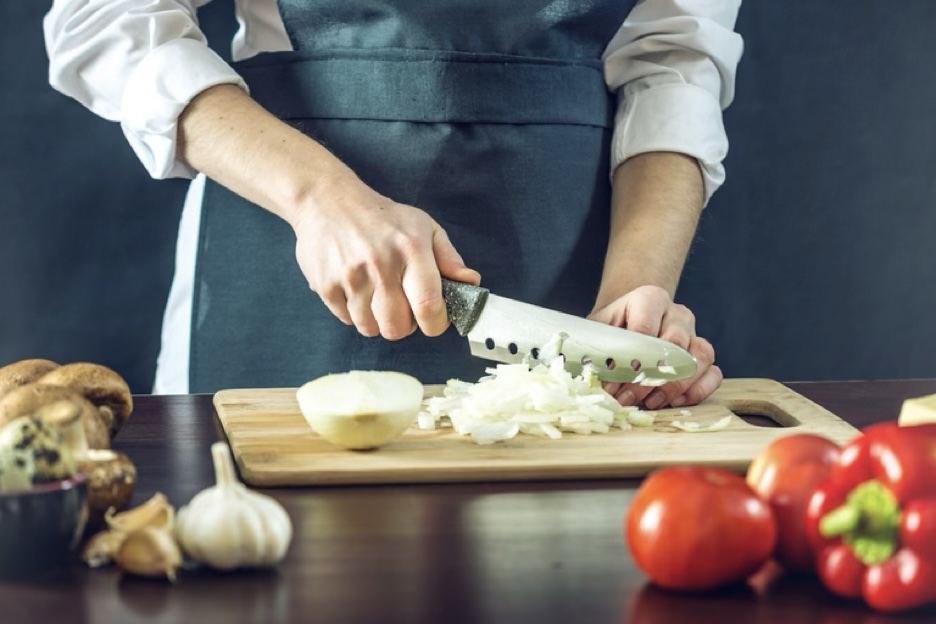Some ‘Happy Accidents’ in the Kitchen
One of the executive editors of America’s Test Kitchen was sharing about some ‘happy accidents’ she and her Test Kitchen cohorts have experienced over time, and I thought you might be interested in them. These are very instructive.

She said, “Every time our ATK Reviews team tests kitchen gear or ingredients, we do tons of carefully planned hands-on work. We write step-by-step protocols of exactly how we will test, and we all weigh in on those protocols before any one of us even sets foot in the kitchen.
“But sometimes in the middle of a test we learn things we never set out to discover. We’ve come to appreciate these ‘happy accidents.’”
For instance, when testing canned crushed tomatoes, they had planned to measure the liquid-to-solid ratio in each product. So they set strainers atop measuring cups, poured in the contents of each can, and left them to drain overnight.
The next morning, they were surprised to find the tomato juices were two distinct colors: red or yellow. They went into research mode, questioning scientists and product managers at tomato canning companies.

As it turned out, tomatoes with yellow juices had been processed at lower temperatures, which preserved enzymes that keep them yellow. Red juices came from tomatoes processed at higher temperatures. (Who knew?)
This juice color difference ended up being key to the Testers preferences for certain brands of tomatoes. The “yellow-juice” brands received the highest scores; tasters found them bright and fresh. “Red-juice” brands, described as more “cooked” and less fresh-tasting, ranked much lower.
Another ‘happy accident’ was when they were testing knives. They were keeping track of how each one held up to chopping and also how quickly they became dull. On some boards over 1,000 cuts we made before testers detected any lessening of the knives’ cutting ability.

As the experimenting continued, the testers were shocked to discover that a glass cutting board is a horrible choice. It completely wrecked a sharp new knife edge in about 10 cuts. While the testers set out to find the best and the worst kitchen knife, they learned an important lesson along the way: Never use a glass cutting board for chopping food—it’s brutal on knives! (Who knew?)
Have you ever experienced a ‘happy accident’ as you’ve been working in your kitchen? If so, we’d love to hear about it.
 Alice Osborne
Alice Osborne
Weekly Newsletter Contributor since 2006
Email the author! alice@dvo.com
